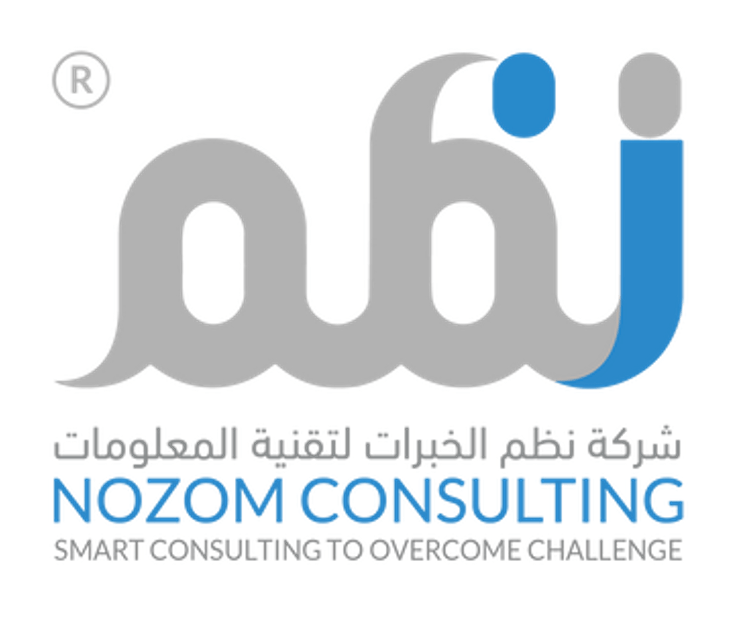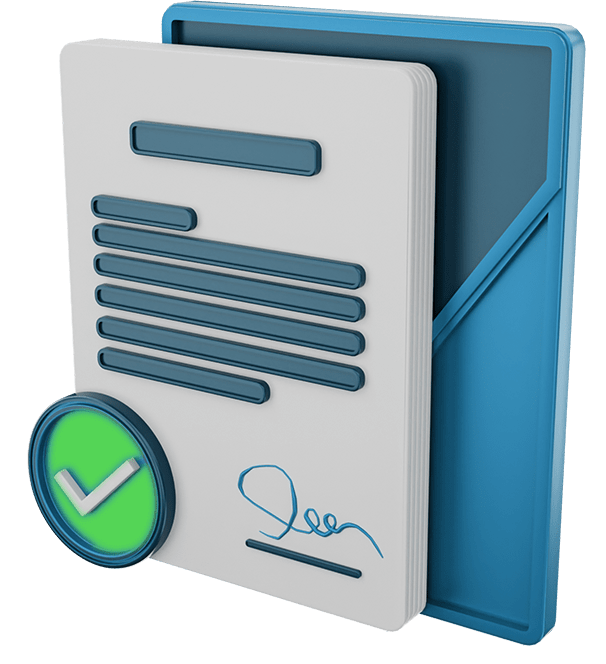A structured way to select, design, and operate AI use cases—so outcomes are measurable, secure, and sustainable.
Why it matters
AI can accelerate service delivery, reduce costs, and free teams for higher-value work. Programs that succeed treat AI as operational capability: clear use-case selection, data controls, human oversight, and continuous evaluation. In Saudi Arabia, solutions that handle government or personal data should align to SDAIA/NDMO standards for data management and protection. Global guidance provides a common approach to AI risk, oversight, and lifecycle controls.
How the AI automation program is built
- Use-case discovery & value screen: Identify candidates (customer support, claims, KYC, HR, IT ops, finance) using volume, latency, error cost, and feasibility; build quick value cases to prioritize the pipeline
- Pattern selection: Choose the right approach. LLM with retrieval-augmented generation (RAG) for enterprise knowledge, document AI for forms/contracts, classical ML for predictions, or orchestration with rules/RPA where deterministic behavior is needed.
- Data readiness & access controls: Map data elements to NDMO classification; apply least-privilege access, encrypted stores, audit logging, and retention rules consistent with the national standards.
- Design with guardrails: Define human-in-the-loop (HITL) checkpoints, prompt and policy controls, PII redaction, content filters, and safe-action limits for integrations.
- Evaluation & testing: Establish offline test sets and online A/B checks; measure task accuracy, latency, cost, safety policy violations, and hallucination rates; keep benchmark datasets versioned.
- Monitoring & improvement: Track data/model drift, feedback signals, failure modes, and override rates; automate retraining or prompt/version rollbacks with change records.
- Risk & compliance management: Maintain a simple, living risk register and align disclosures and approvals to internal policy.
- Scale & operating model: Stand up a small AI CoE: intake, design review, evaluation standards, reuse library (prompts, tools, evaluators), and a cadence for value & risk reporting.
What you get
- Prioritized AI use-case pipeline with quick value cases and feasibility notes.
- Design packs per use case: pattern choice (RAG/doc-AI/ML/agent), data flows, guardrails, and HITL points.
- Control checklist aligned to SDAIA/NDMO (classification, access, logging, retention).
- Evaluation harness and KPIs (task accuracy, latency, cost, policy violations, override rate).
- Monitoring runbook: drift detection, incident handling, rollback/versioning.
- Lightweight AI CoE governance: intake, review, and change workflows with documentation templates.










